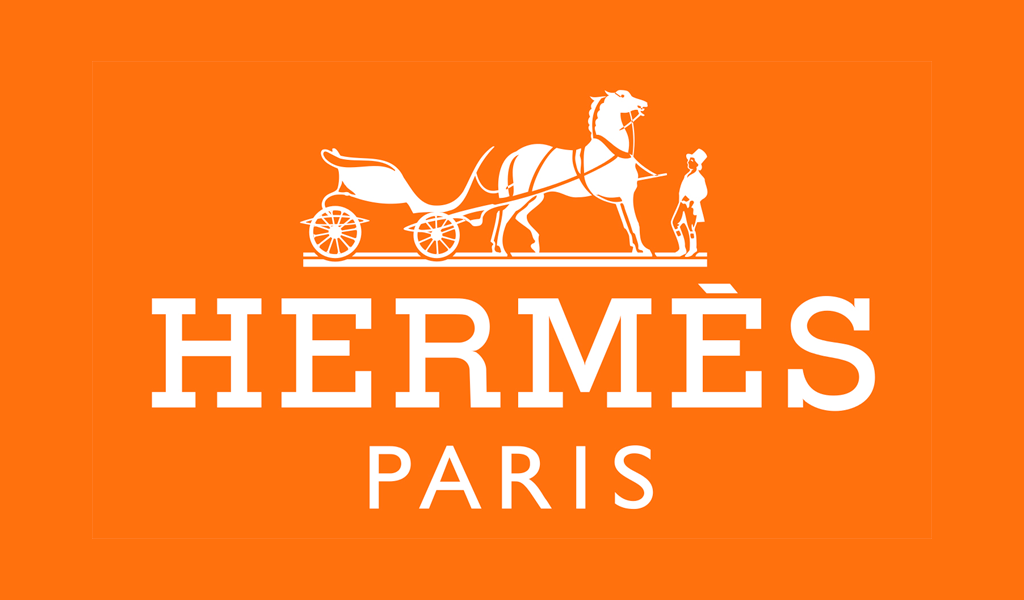#18 - Horse and Buggy Thinking
Hermes, an almost 200 year old company, has a market cap of approximately $200B.
In the late 19th century the company’s founder Thierry Hermes passed the business on to the second generation. His two sons had very different psychologies and as a result had different perspectives on how to run the business.
Emile was adventurous and ambitions, while Adolphe was conservative and content.
When they took over, Hermes found success in creating high-quality, handcraft accessories that accompanied the horse-and-buggies owned by the French elite. A really solid business that grew steadily year-over-year.
While Adolphe wanted to just manage the cashflow from their existing customer base, Emile was maniacal about finding other interesting market opportunities.
This was highlighted by a whimsical trip to Russia to sell merchandise to their aristocracy, unannounced. He also figured out how to incorporate a new invention, the zipper, into their product line which increased customer lock-in.
The invention of the automobile became a massive source of tension between the brothers.
Adolphe originally scoffed at the new invention, assuming it would never catch on. But once it was clear this was the way of the future, he was ready to throw in the towel on Hermes, assuming the business would go belly up given the current market they served.
Emile, on the hand, was fascinated by this new invention. He journeyed to Detroit in the early 20th century just to meet Henry Ford in order to understand:
His vision around how cars will change the world.
The inner workings of the revolutionary assembly-line production process.
Ironically, Hermes the company never deviated from their high-cost and low-output, hand-crafted production process. Their growth has been based around selling a premium luxury and brand.
Nevertheless, Emile was awestruck by the level of output and economies of scale achieved by this supply chain innovation. While he never implemented it into the business, it shows the value he placed on continuous learning on where the market is going and developing a differentiated strategy based on that information.
Over time, these differences in personality created tension between the brothers and Emile eventually bought Adolphe out of the business and clearing the path for Emile to continue experimenting and identifying new markets for their products, and painting a clear vision for the future.
While the company certainly was not the behemoth it is today, Emile’s operating philosophy laid the foundation for culture and growth strategy.
Why does this matter?
This story repeats itself over and over again.
Major industries are always at the mercy of potential disruption with the introduction of new technology. A subset of people (Adolphe) will put blinders on and maintain status quo until cashflow dries up and they go out of business.
Those that continuously seek out innovation, understand it, and determine how it can be practically applied to better their business will always be able to evolve and grow their company sustainably.
Today, the tools in the AI landscape are incredibly powerful, and will only get more so. Whether you are a bank, enterprise tech company or run a small HVAC business, understanding how to implement the technology (in whatever capacity is right) will result in generating significantly greater value for clients at sustainably lower costs.
If not, you’ll be saddled with workers performing tasks that can be easily automated which will slow down production, increase costs and reduce productivity.
Customer expectations will evolve towards solutions that deliver value way faster, leaving you vulnerable to competitive threats.
For those don’t know where to start, see if you can identify obviously places where your customers can both get their hands on your offering faster AND reduce time-to-value.
Once you’ve identified the tools that will accomplish this, build and implement a GTM strategy focused on optimizing the solutions’ incorporation into the value chain, and measuring business impact to make necessary adjustments.


